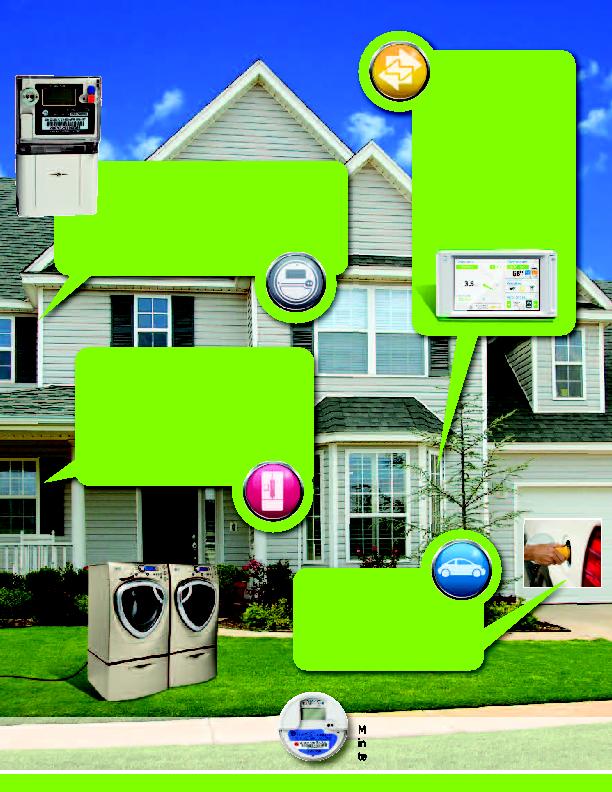
deliver real-time information to guide
and enable immediate household
energy decisions. Utilities can even
share real-time pricing information so
consumers can understand the true,
minute-to-minute cost of power.
Automation hubs can also interact with
lighting, appliances and heating/cooling
systems to manage a household's total
energy usage.
300,000 data management installations.
installed and preconfigured to accept new
technology breakthroughs throughout the world.
determine how they operate. During peak periods, they can
change modes or put off high-energy-consuming activities
to times when more energy is readily available and costs
are lower. Consumers can maintain their lifestyles with little
or no disruption, while lowering energy costs. Utilities get
lower peak-demand loads and increased consumption
during low-demand periods generating
revenue from otherwise idle grid assets.
coupled with dynamic pricing, can teach consumers to modify
their energy-use profiles, saving money and shifting high-
from being a simple reporting device to becoming a powerful influencing
device. GE's meters are communications-neutral,
connect with smart-metered homes to make
electric transportation practical and affordable.
Dynamic pricing can encourage charging at
night and give utilities a revenue stream for